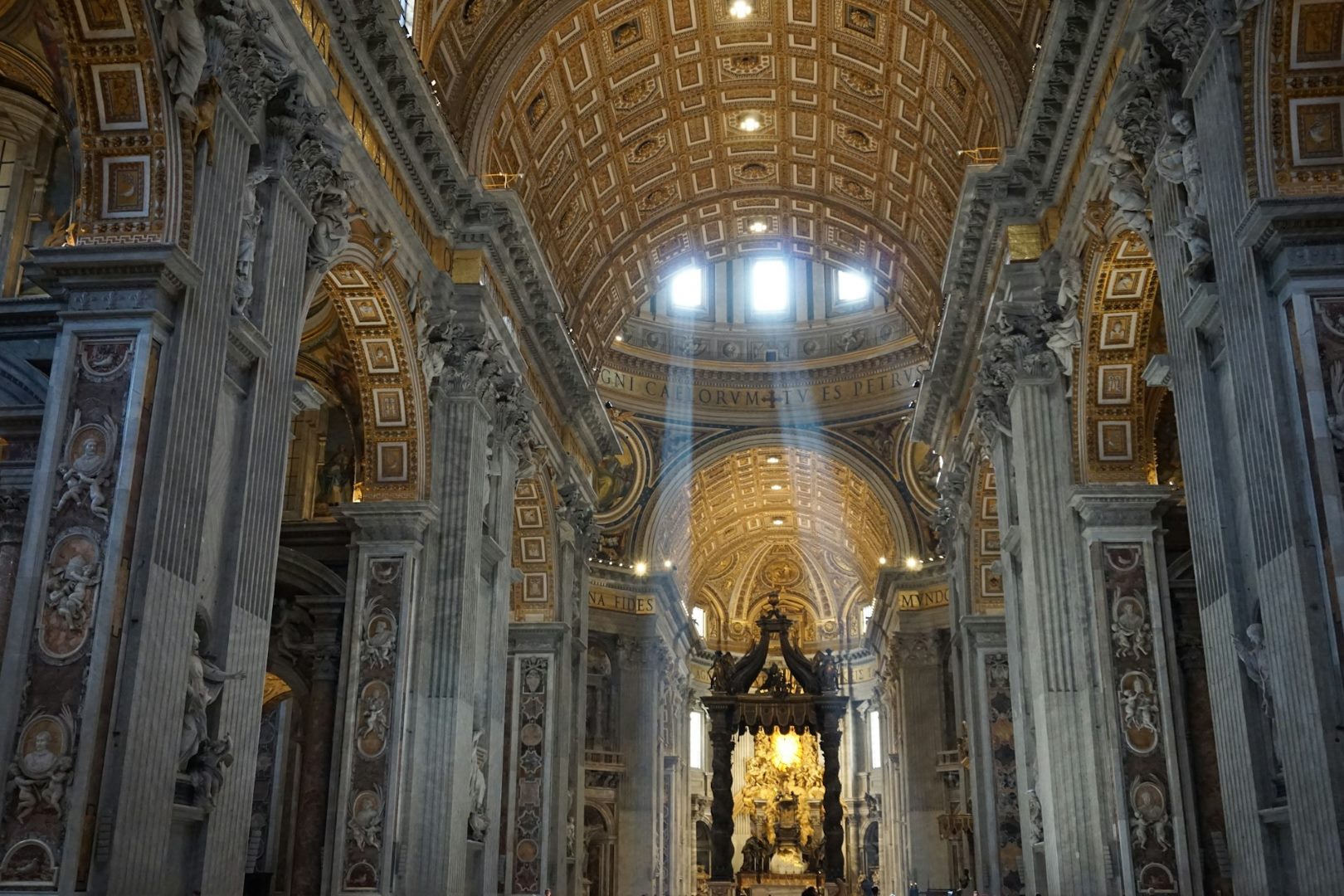What is Good Friday?
Good Friday commemorates the crucifixion and death of Jesus Christ, a central figure in Christianity. It is observed on the Friday preceding Easter Sunday and holds immense religious and cultural significance.
Historical Background
Crucifixion
Around 30 A.D., Jesus was arrested, tried, and sentenced to death by crucifixion, a common method of execution in the Roman Empire. He was accused of blasphemy and treason against the state.
Religious Significance
Sacrifice and Redemption
Christians believe that Jesus’ death on the cross was a sacrificial act that atoned for humanity’s sins. It is viewed as a symbol of love, forgiveness, and redemption.
Triumph over Death
Good Friday also signifies the triumph of life over death. Jesus’ resurrection on Easter Sunday is seen as a victory over sin, death, and the powers of darkness.
Traditional Observances
Fasting and Abstinence
Many Christians observe fasting or abstaining from certain foods on Good Friday as a form of penance and sacrifice.
Tenebrae Service
A special worship service called Tenebrae, or Service of Darkness, is commonly held on Good Friday evening. It features the gradual extinguishing of candles as the story of Jesus’ passion is read.
Veneration of the Cross
In Catholic and Orthodox churches, a crucifix or an icon of Jesus on the cross is often displayed for veneration by the faithful.
Modern Practices
Good Friday as a Public Holiday
In many countries with Christian traditions, Good Friday is recognized as a public holiday, allowing for rest and reflection.
Secular Observances
Beyond religious observance, Good Friday has also become associated with secular traditions, such as egg decorating, hot cross buns, and the release of doves as symbols of peace.
Contemporary Interpretations
Social Justice and Peacemaking
Good Friday has inspired movements for social justice and peace. It serves as a reminder of the suffering and injustice in the world and calls for compassion, reconciliation, and nonviolent resistance.
Personal Reflection and Spiritual Growth
Good Friday provides an opportunity for personal reflection and spiritual growth. It encourages individuals to contemplate their own mortality, the meaning of life, and their relationship with God.
Additional Information
Holy Week
Good Friday is part of Holy Week, which also includes Maundy Thursday, Holy Saturday, and Easter Sunday.
Easter Triduum
The period from Good Friday evening to Easter Sunday morning is known as the Easter Triduum, a time of intense liturgical celebration.
Symbols and Colors
The traditional color for Good Friday is black or purple, symbolizing mourning and repentance. Other symbols include the cross, the crown of thorns, and the nails.
Conclusion
Good Friday is a day of profound religious significance, commemorating the sacrifice and triumph of Jesus Christ. It serves as a reminder of the power of love, forgiveness, and the ultimate victory of life over death. Through traditional observances and modern interpretations, Good Friday continues to inspire spiritual growth, promote social justice, and foster personal reflection.



